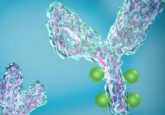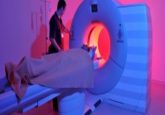Lipid-based nanosystems for CD44 targeting in cancer treatment: recent significant advances, ongoing challenges and unmet needs

Much effort has been devoted over the past few decades to improve the treatment of cancer, and advances in nanotechnology and tumor biology have enabled the development of efficient nanocarriers to deliver therapeutic agents to the tumor tissue [1,2]. These nanocarriers have offered unique possibilities to overcome cellular barriers in order to improve the delivery of various drugs and drug candidates, including promising therapeutic biomacromolecules (i.e., nucleic acids, proteins) [3]. In this context, one of the main adhesion/homing molecules involved in tumor progression and metastasis, CD44, has attracted much attention. Targeting these molecules is a promising approach in the treatment of cancer, since these receptors are expressed on many types of tumors and accumulate important functions such as supporting cell migration and transmitting survival signals through interactions with its numerous ligands [4–6].
The main ligand of CD44 receptors is hyaluronic acid (HA; hyaluronate, hyaluronan). The interaction between these two entities is influenced by several factors. The conformation and availability of the ligands on the surface of nanoparticles, HA molecular weight, grafting density, particle charge and size, and the stability of the nanocarrier in physiological environment are examples of factors that should be considered when studying the targeting of CD44 receptors by HA-containing nanocarriers.
Click here to view the full article in Nanomedicine.


